Following the in-depth technical revelations from our previous conversation with Peter Dahl, former project manager and chief engineer at NEVS (read Part 8 here), we now dive into the future vision of the Emily GT. What lies ahead if this ambitious electric sedan ever reaches production?
I met with Peter once again over coffee, this time to discuss the unfolding roadmap and future possibilities that could shape the next generation of the Emily GT—and potentially a broader NEVS lineup.
Table of Contents
A Future Family: GT, Cabriolet, Coupé and SportCombi
Peter opened the conversation with an exciting confirmation: Emily GT is just the beginning. If NEVS moves forward with production, the plan is to expand the model range with siblings in the form of a convertible, a coupé, and a sport wagon. The core architecture of the Emily platform would be adapted to fit these variants, enabling a more versatile product line.
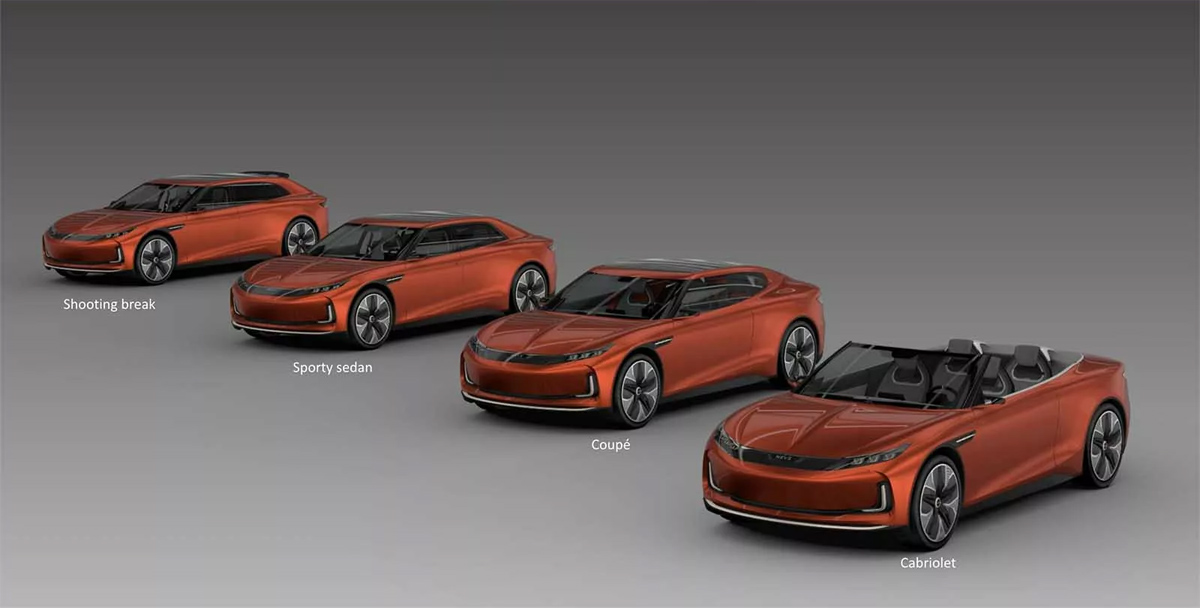
This ambition reflects a bold attempt to rekindle the spirit of Saab with a modern EV twist—a complete lineup focused on both performance and practicality.
Smart Frunk and Trunk Access
The current prototype of the Emily GT lacks a foot sensor for the rear trunk. But Peter confirmed that the production version will include foot-activated sensors for both the rear trunk and the front storage compartment (frunk). The goal is to allow hands-free access to the generous 150-liter front compartment, electronically opening and closing with a simple foot gesture.
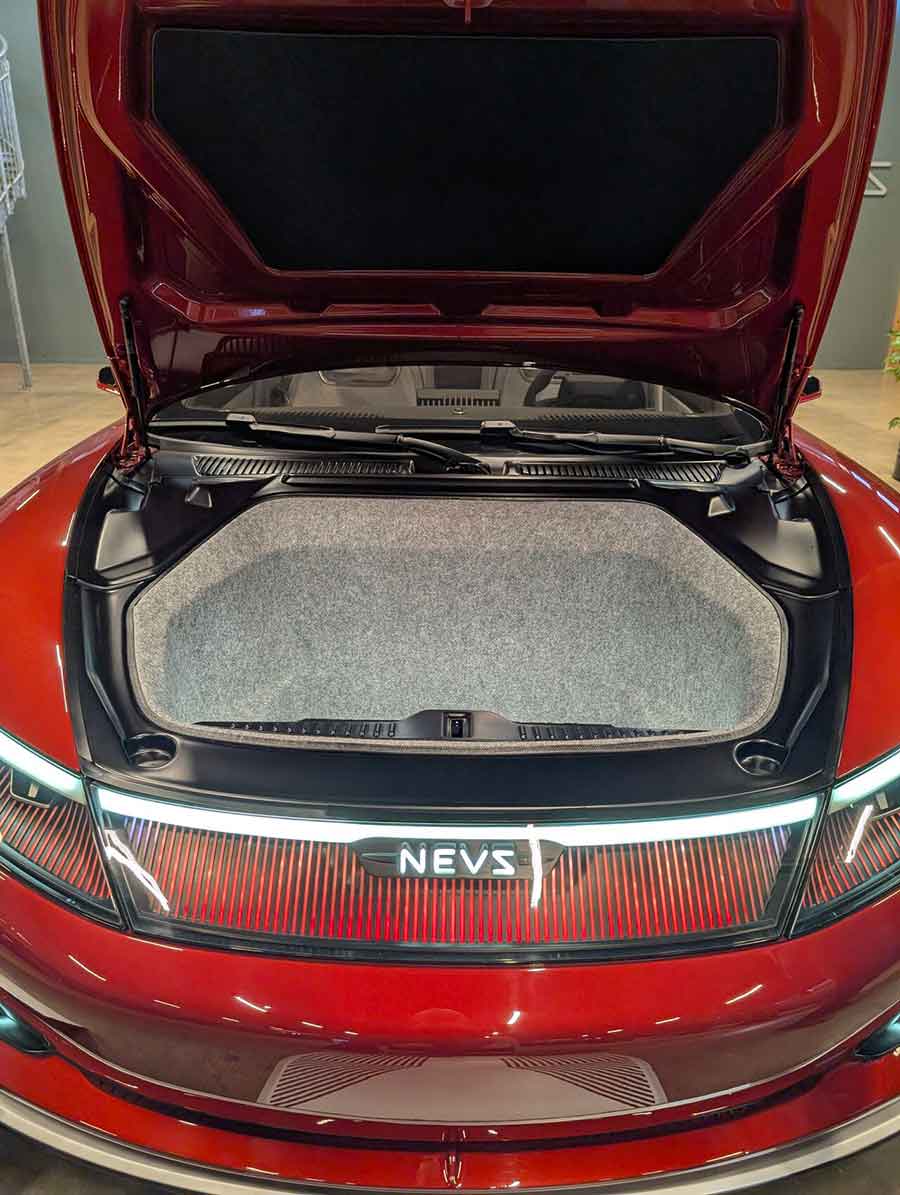
Rear Comfort Upgrades
Rear-seat passengers were not forgotten in the design evolution. One key focus for the production car is improving legroom, particularly for taller passengers. This would involve reshaping the backrest of the front seats to optimize rear leg space.
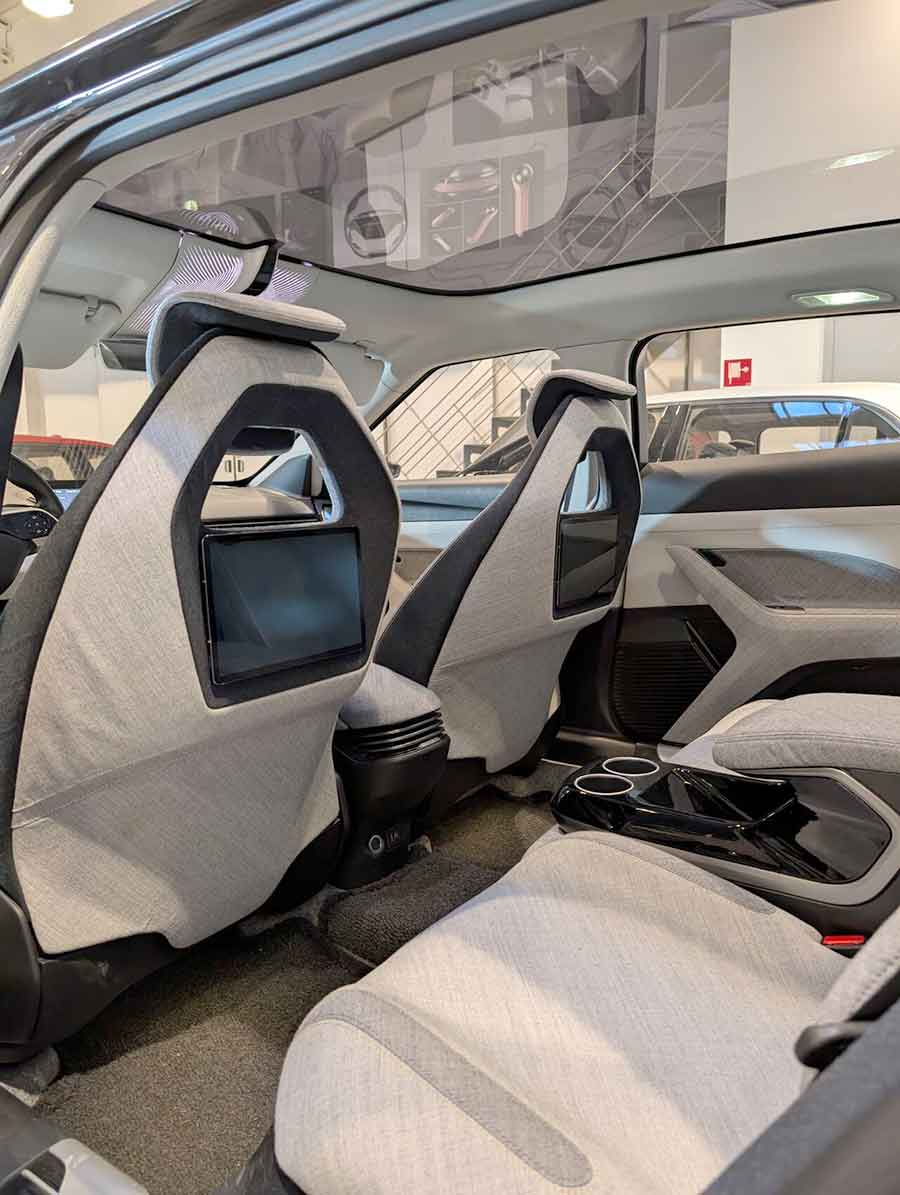
Additionally, Peter revealed plans for a Rear Seat Entertainment system. Each rear seat will have a mounted touchscreen tablet, either iPad or Android-based, attached with 3D-printed brackets and integrated into the car’s infotainment system via USB-C. These tablets will offer access to maps, music, speed data, and even control car functions. When needed, they can be detached and used independently.
Physical Controls Are Coming Back
One of the most surprising and welcome features on the roadmap is a partial return to physical controls. NEVS is exploring the addition of tactile knobs to the infotainment display—a move reminiscent of the Ford Mustang Mach-E‘s volume knob. This hybrid approach combines digital convenience with analog precision, addressing common complaints about over-digitized cabins.
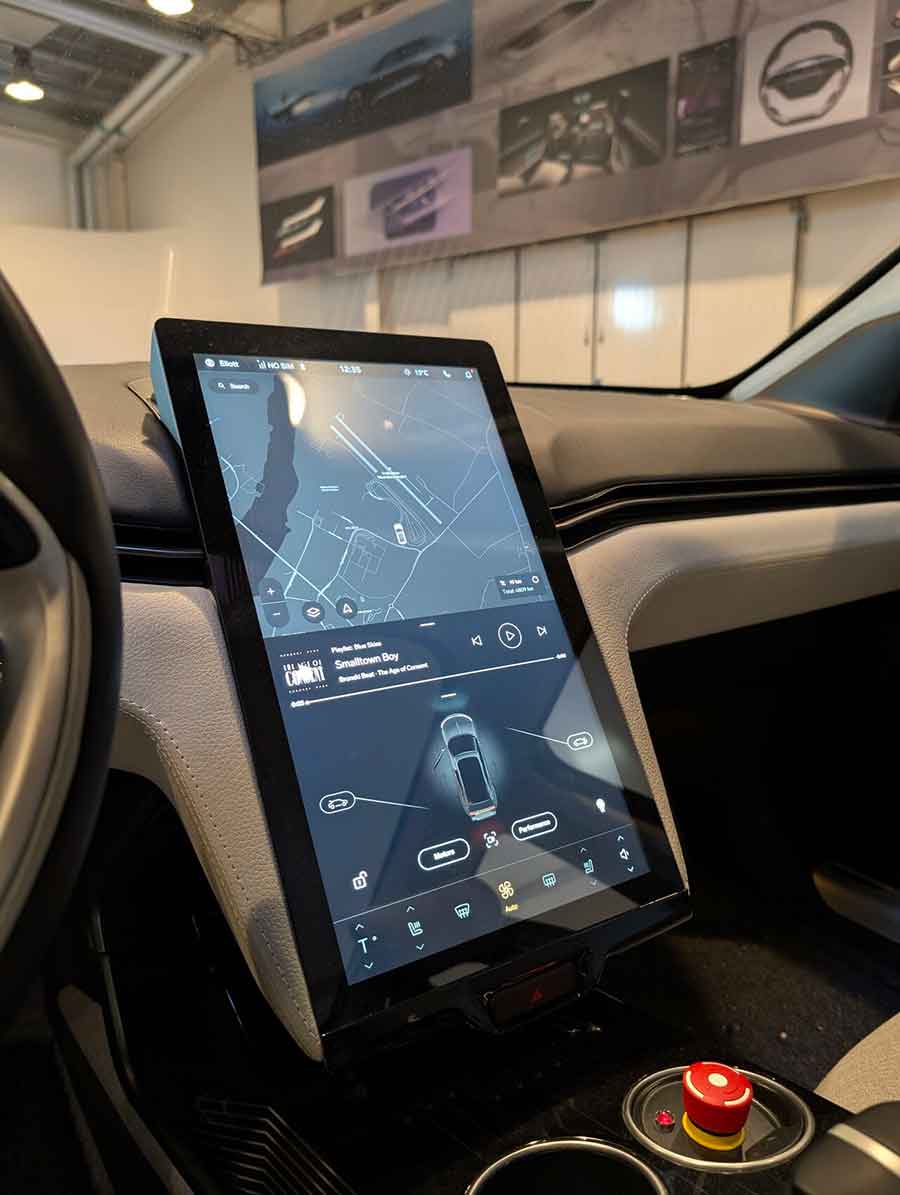
No to Hardware-Locking, Yes to Smart Packages
Peter was very clear about his stance on modern EV monetization strategies. While some automakers lock existing hardware features (like seat heaters) behind software paywalls, he believes that such practices undermine customer trust, especially for premium vehicles.
“If the hardware is already installed in a car that costs 1.25 million SEK,” he said, “it should be available to the customer without restrictions.”
That said, NEVS does plan to offer optional performance upgrades and feature packs, such as extended camera functionality or advanced sensor packages. Owners will also be able to purchase design themes to personalize the digital instrument clusters and infotainment layout.
Autonomous Driving? Not Yet
Given NEVS’ work on PONS, their autonomous taxi prototype, I asked Peter whether any of that tech would make its way into Emily GT. His answer was firm: not anytime soon.
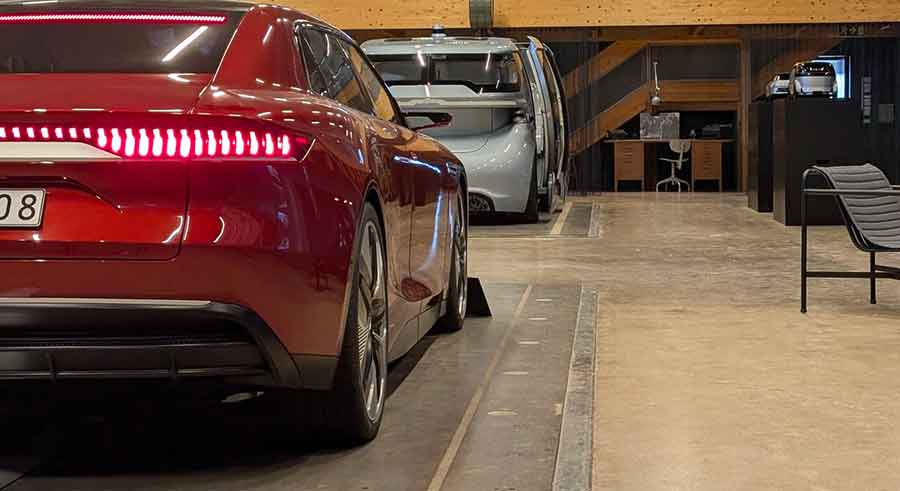
Emily GT is being built for drivers who enjoy driving. While driver-assist features will be available, full autonomy isn’t part of the initial strategy. According to Peter, the focus is on preserving the connection between driver and machine.
Bonus: Emily in Print
As a tribute to the passion behind the Emily project, Peter has also created photo books chronicling the development of Emily GT and PONS. Enthusiasts interested in securing a copy can find more info at this link.
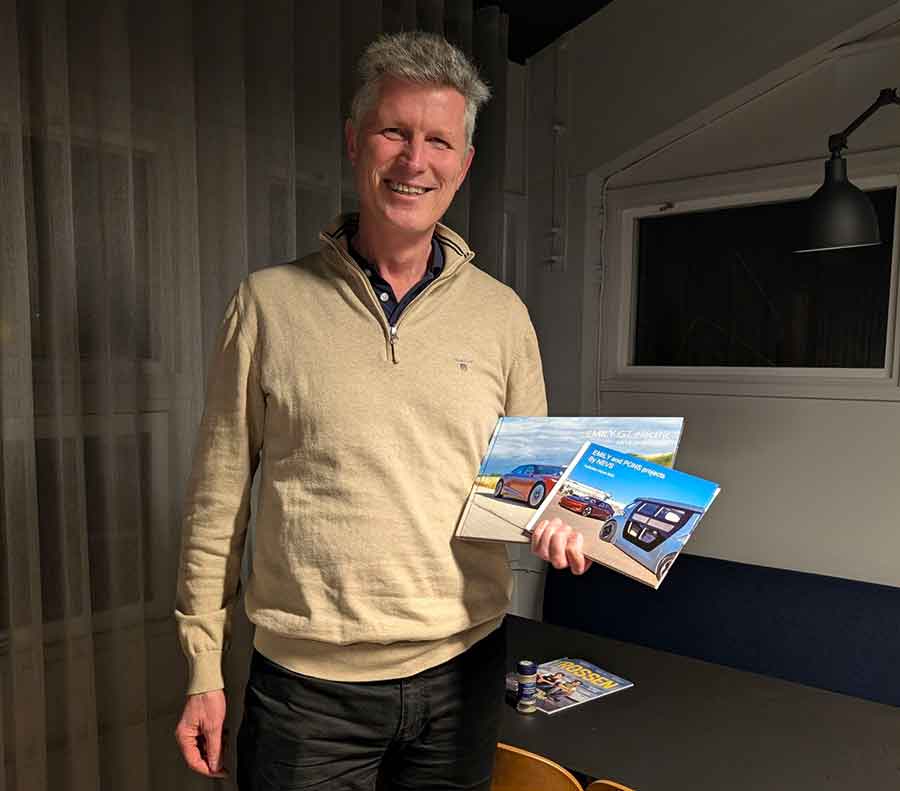
A Glimpse Into a Saab-Inspired Tomorrow
Peter Dahl’s insights offer a rare look into what might have been—or could still be. With detailed plans for practical upgrades, premium experiences, and performance personalization, Emily GT continues to represent a bold vision rooted in Saab’s engineering spirit. Whether this vision becomes reality is still uncertain, but the passion and precision behind it are undeniable.
Stay tuned for more in the Emily Series as we uncover what could be one of the most fascinating EV stories of our time.







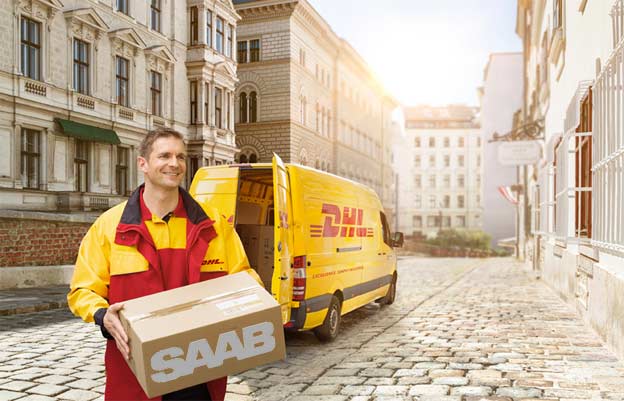


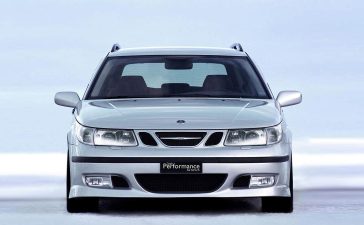

EV Electra website is down and maybe the company is out of business. Can you do a research about it?
I wish a comeback was eminent. I had a Saab by lease and should have bought it. I should buy one like it, but a new generation Saab would be great, too.
How much?
The saab dna in Emily GT is undeniable. I wish someone reliable and reputable would actually produce the vehicle, implementing the donut motor concept.
So they stole(i know they purchased it but still) some designs sketches and all of a sudden this is a Saab, if we want Saab to be Saab again we should buy it all together.
TO Tomislav Sambrailo
an Audi is built on a VW platform and no one complains about that.
It’s a real shame GM Opel platforms were never class leading like VW or BMW ones were.
What else could Saab/GM do?? Saab could never do enough volume to make their own platform and GM would never let them use a BMW or competitor platform, when they had Opel platforms
Hello Alex, thank you so much for this passionate interview for all of us about Emily GT. May I as an industrial designer and Saab enthusiast make a remark about especially the dashboard design. Its good to hear they recobnsider to reintroduce physical controls, but the solution mentioned (like the Mustang Mach-E) is not “complying with Saab security required level” if I may say so: as the “volume knob” is not allowing the driver to drive without leaving his eyes from the road as we can do with the existing Saabs (no essential functions integrated in a touchscreen). It’s a poor compromise, not convincing at all. I understand that automotive industry always worked to make things as cheap as possible, even compromising ergonomics, security … but on a Saab (even it’s called NEVS). So please make a poll to check my point of view is worth to be transmitted to Peter and make it a real subject of improvement and differentiation of car design regarding the competitors. Again this the typical attitude Saab always had to persevere in their vision of car design with security and driving pleasure. Thank you so much advance, and would love to see this topic staying alive and be a discussion in the Saab community.
Nils Marsille – ID engineer and car upholstery